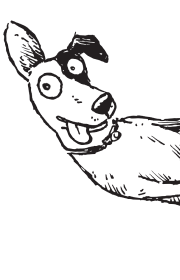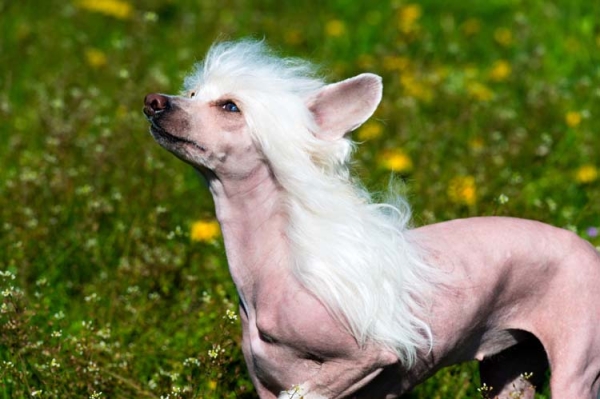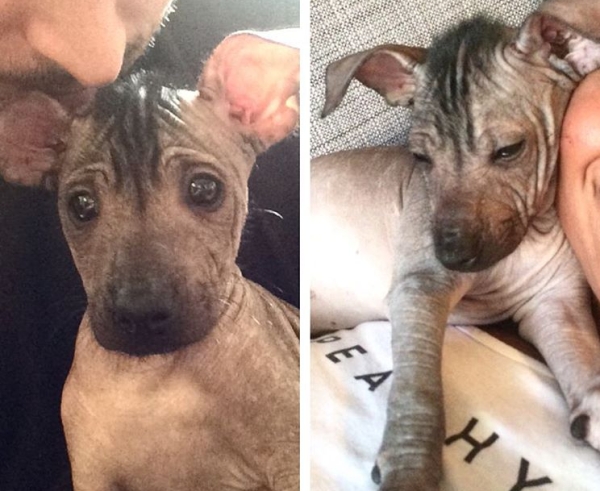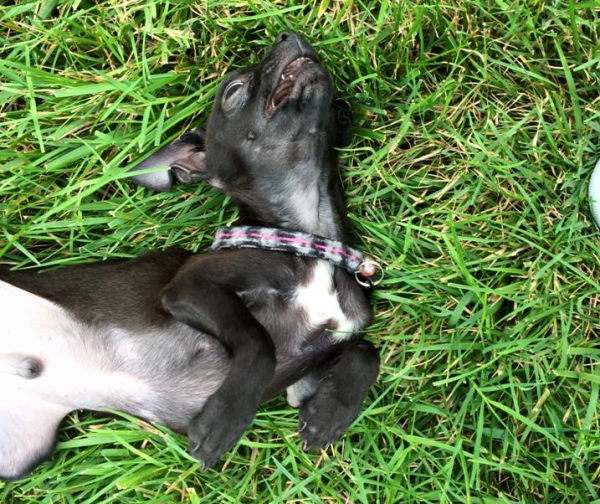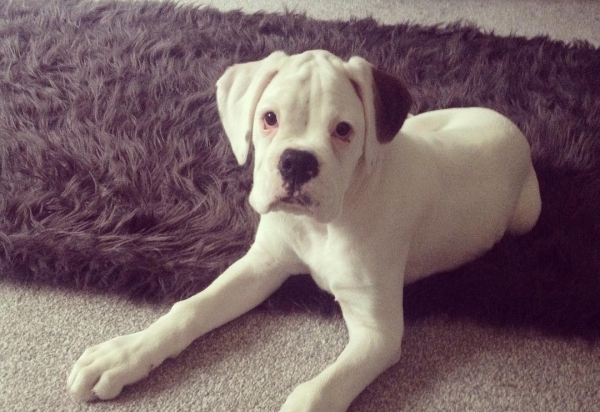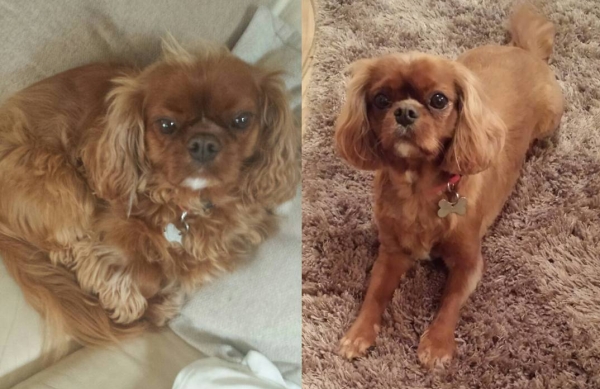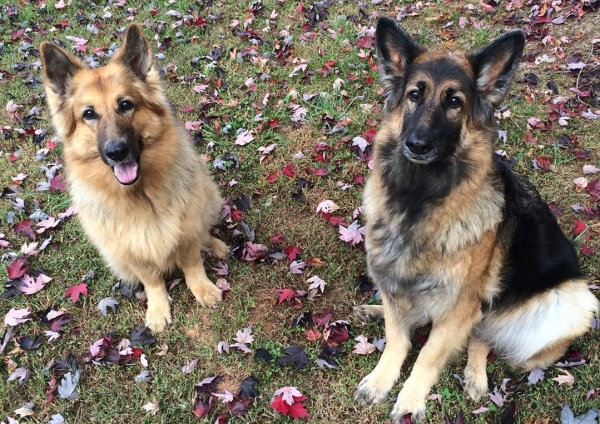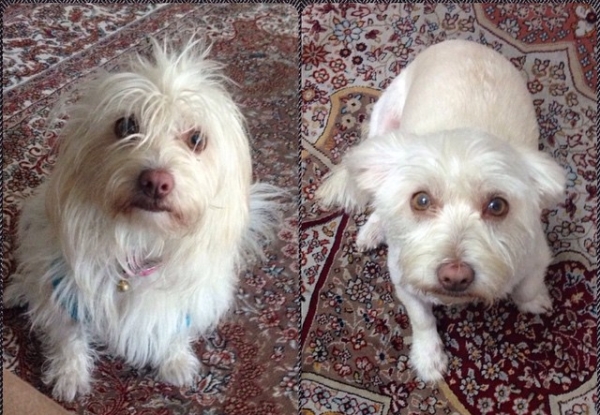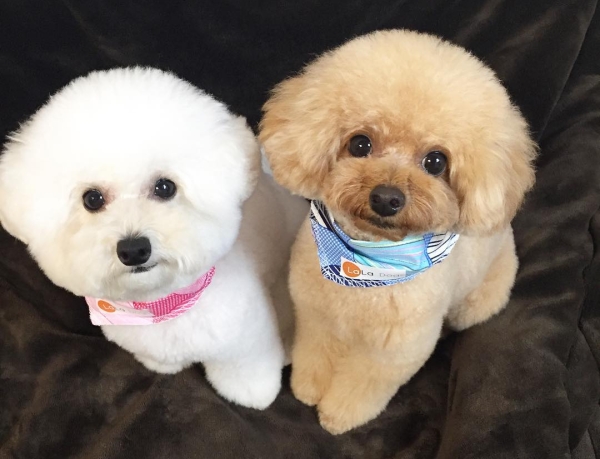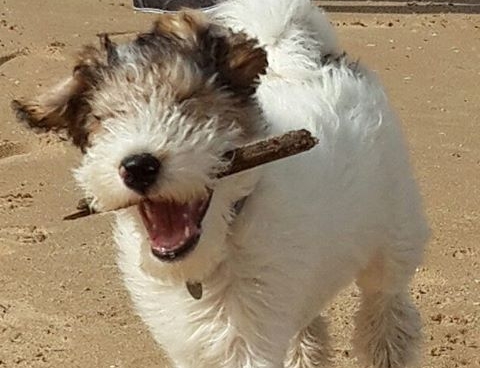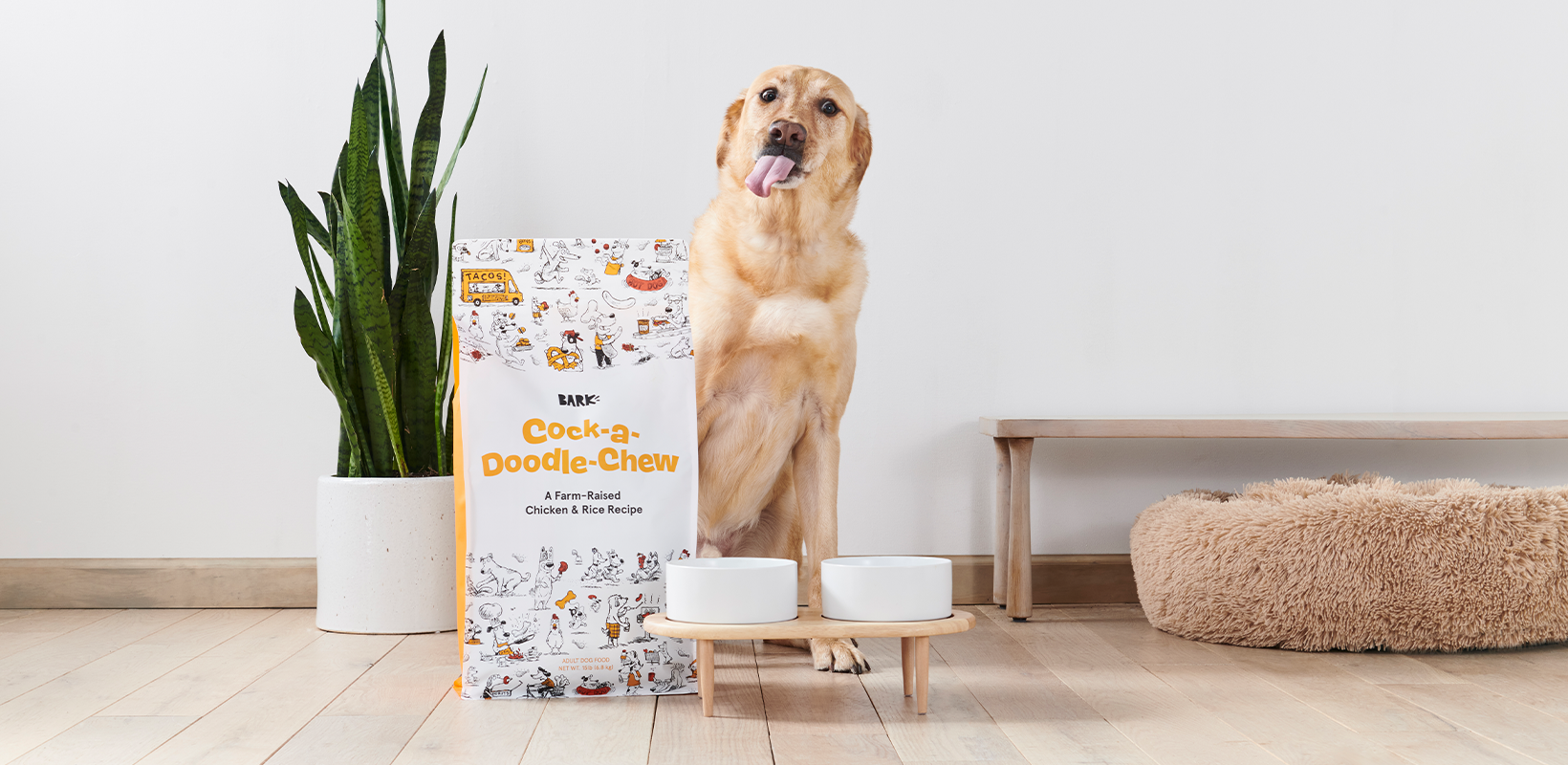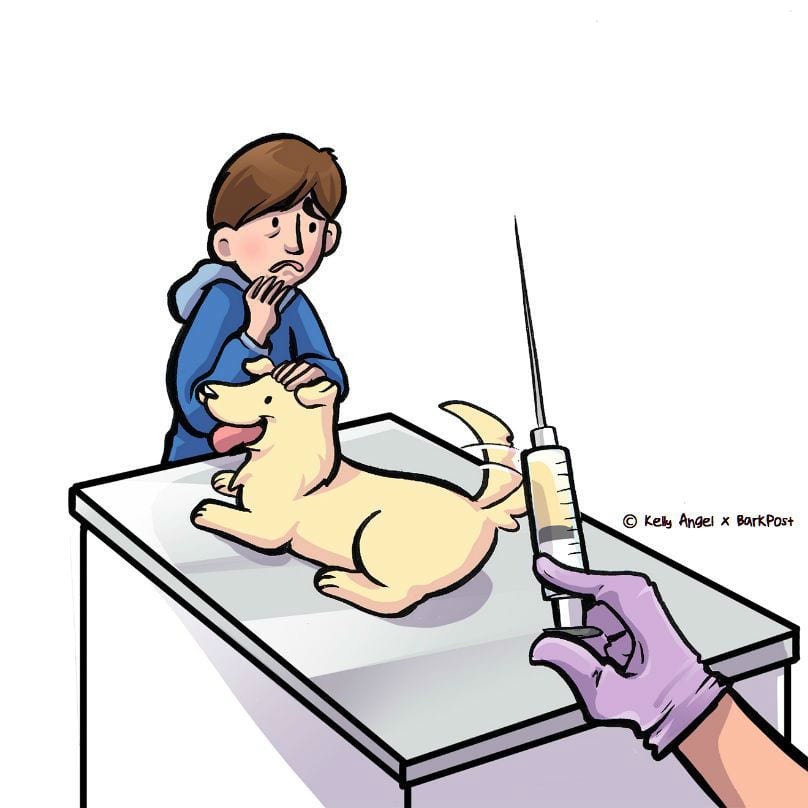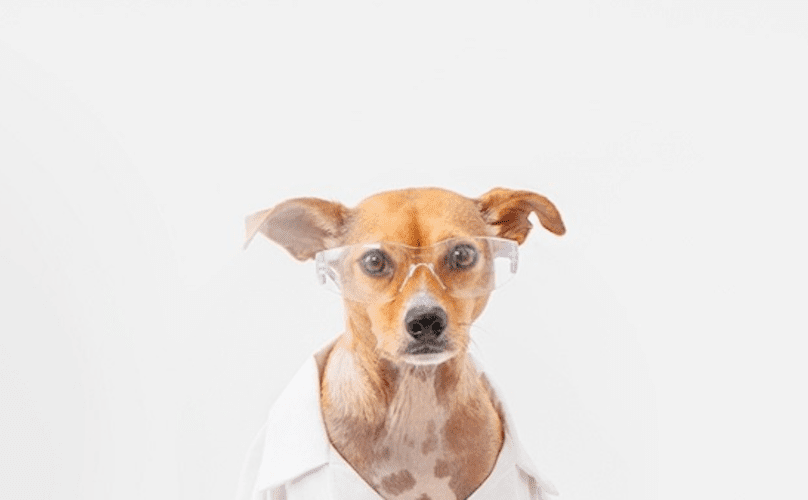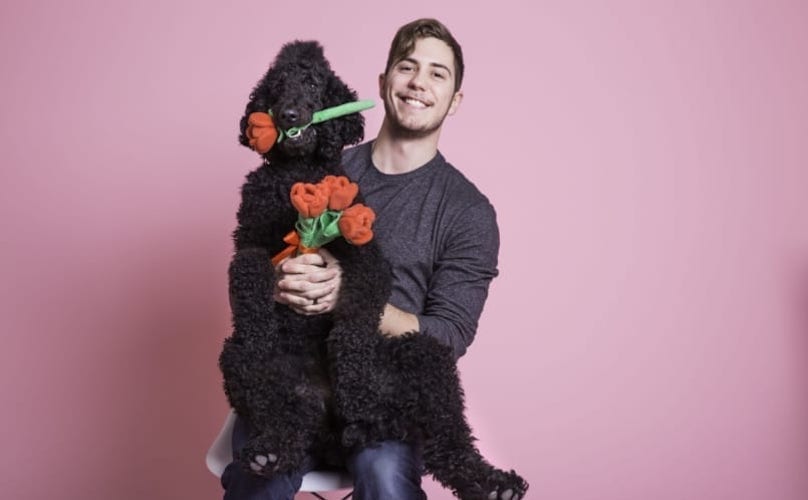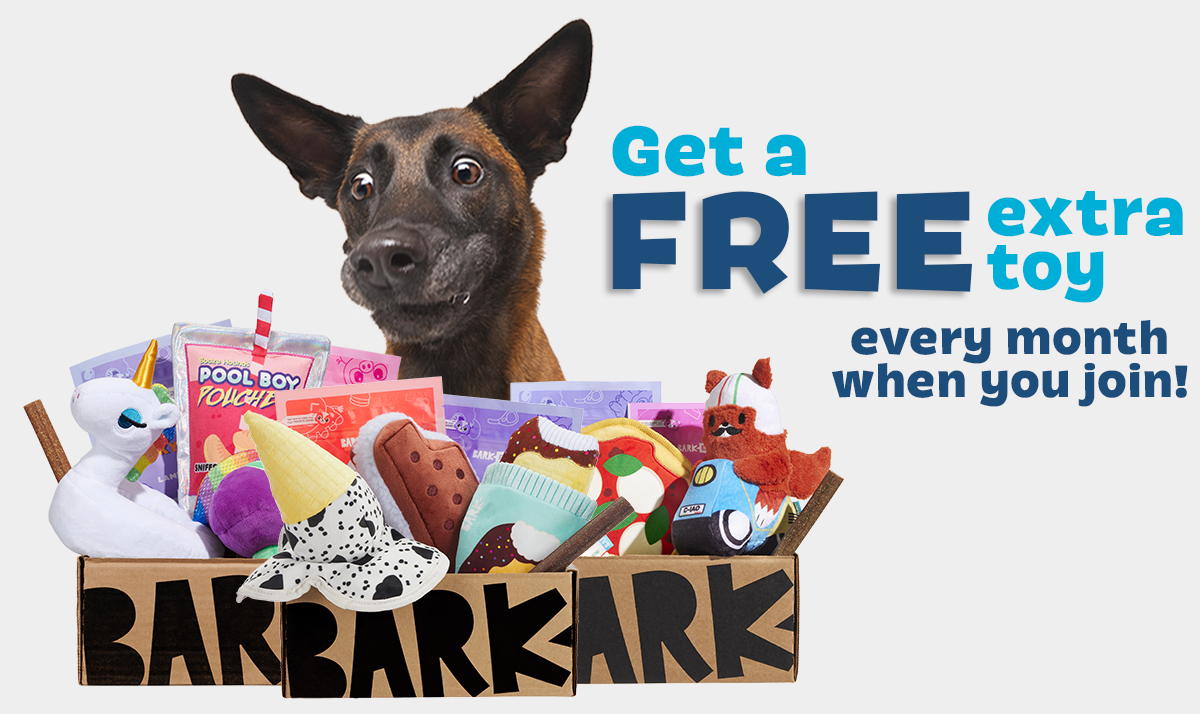Depending on the breed of pooch you have chosen to share your life with, you will surely have to take on some level of grooming sooner or later. Pawrents to Shih Tzus and Yorkies must provide more hair care than Mexican Hairless and Chinese Crested moms and dads, but all breeds require some level of maintenance.
Even though professional groomers are available to handle major grooming services, it’s a good idea to familiarize yourself with your dog’s individual hair coat in case of an emergency (like a burr, mat or poop clump).
Remember, if you have specific concerns about your dog’s coat or skin, consult your veterinarian or groomer! Now, let’s start with the baldies and work our way up to the really fluffy pups!
Hairless Breeds
The American Hairless Terrier, Mexican Hairless Chinese Crested and Argentine Pila Dog breeds are all considered “hairless”, although this is not entirely true. They all have at least some hair, and in the Chinese Crested’s case, quite a bit.
Cresteds have a silky mane of hair on their head and neck, as well as long straight hair on their paws and tail tip. The Powderpuff Chinese Crested is fully covered with soft hair, and is often mistaken for other breeds like the Havanese.
The areas of hair on hairless breeds must be maintained regularly, just like in dogs with full hair coats. Shampooing, trimming and brushing are important, but hairless pups require another very important step- skin care.
Because they do not have a full coat to protect them, hairless breeds must be shielded from sun exposure with sunblock or clothing. Frequent bathing with a pore cleansing shampoo is necessary to prevent acne, and should be followed with a hypoallergenic oil free moisturizer.
Extra Short Haired Breeds
Short haired Chihuahuas, Italian Greyhounds and Min Pins come to mind in this category. These breeds have fur so short that they may appear to have patches of hair missing, especially on the sternum and by the ears. They are more prone to generalized Alopecia (hair loss) than other breeds and tend to have very sensitive skin.
It is important not to over-bathe these dogs, as this can lead to brittle, overly dry fur that falls out. Ask your vet or groomer to recommend a gentle maintenance shampoo. Brushing with a bristle brush helps exfoliate the skin, remove dead hair and stimulate natural oil production. These guys may need a dab of sunblock on a Summer day, too!
Short Haired Flat Coated Breeds
The list of breeds that fall under this category is very long, but a few popular ones include Boxers, Bulldogs, Short Haired Dachshunds and Weimaraners. These pups have more built in sun protection, but other than that their fur needs are pretty similar to the extra shorties.
Because they do not have an issue with matting, regular brushing is often overlooked by pawrents of short haired dogs. Not only will brushing with a bristle brush reduce shedding, it has all the benefits listed above like exfoliation and healthy oil production. Note: No amount of grooming will stop shedding, unfortunately.
Medium Haired Breeds
Cocker Spaniels, King Charles Cavalier Spaniels, and Border Collies are examples of breeds that have medium hair coats. They require regular brushing to prevent matting, and routine bathing. Although the hair coats of medium breeds grow to a set length then stop, professional grooming is a good idea to “clean up” the shape of the hair and for hygienic purposes.
Double Coated Breeds
Huskies, Chows, German Shepherds, Golden Retrievers and Pomeranians are just a few dogs who have both a top hair coat and an under coat. To see a complete list click here.
The Modern Bark provides this thorough list of steps for caring for the unique grooming needs of double coated dogs:
Long Haired Breeds
Some long haired dogs like the Shih Tzu and Yorkshire Terrier also have double coats, but are listed here because of their continuous hair growth. The steps above are for double coated breeds whose fur remains at a certain length like the German Shepherd.
Afghan Hounds, Lhasa Apsos and Havanese are among the long haired breeds without double coats, meaning they shed only minimally. These fur babies have the biggest issue with matting and require consistent professional groomings as well as at home care to prevent serious problems like fecal impactions, ear and eye infections.
Brushing is imperative for mat prevention and skin health between visits to the groomer. It is also important to routinely check for lumps or bumps that may be hidden by all that hair. Shampooing and conditioning will likely be needed on occasion between grooms- ask your vet or groomer to recommend the right combination for your dog.
Curly Haired Breeds
Poodles and Bichon Frises have distinctive tightly curled coats. They require very regular grooming services, much like other long haired breeds. They are at risk for the same issues like matting, ear and eye infections if not maintained frequently.
At home, bathe as needed with a high quality, pet safe shampoo and conditioner. Blow dry while brushing the coat outwards from the skin with a soft slicker brush.
Wire Haired Breeds
Wire coated or broken coated breeds require a good deal of grooming because of their unique hair which is prone to matting. Many terriers have wire haired variations, like the Jack Russel Terrier, Border Terrier and Rat Terrier. Many owners opt to have the hair trimmed short by a groomer to help prevent frequent tangling, but at-home care is still needed.
Bathe with a detangling shampoo and use conditioning rinse or spray as needed. Brush frequently using a stripping comb for the thin, wiry hairs, followed by a slicker brush for the thicker areas of the coat.
H/T to 3milliondogs.com/ Featured Image via @chelseaotey
